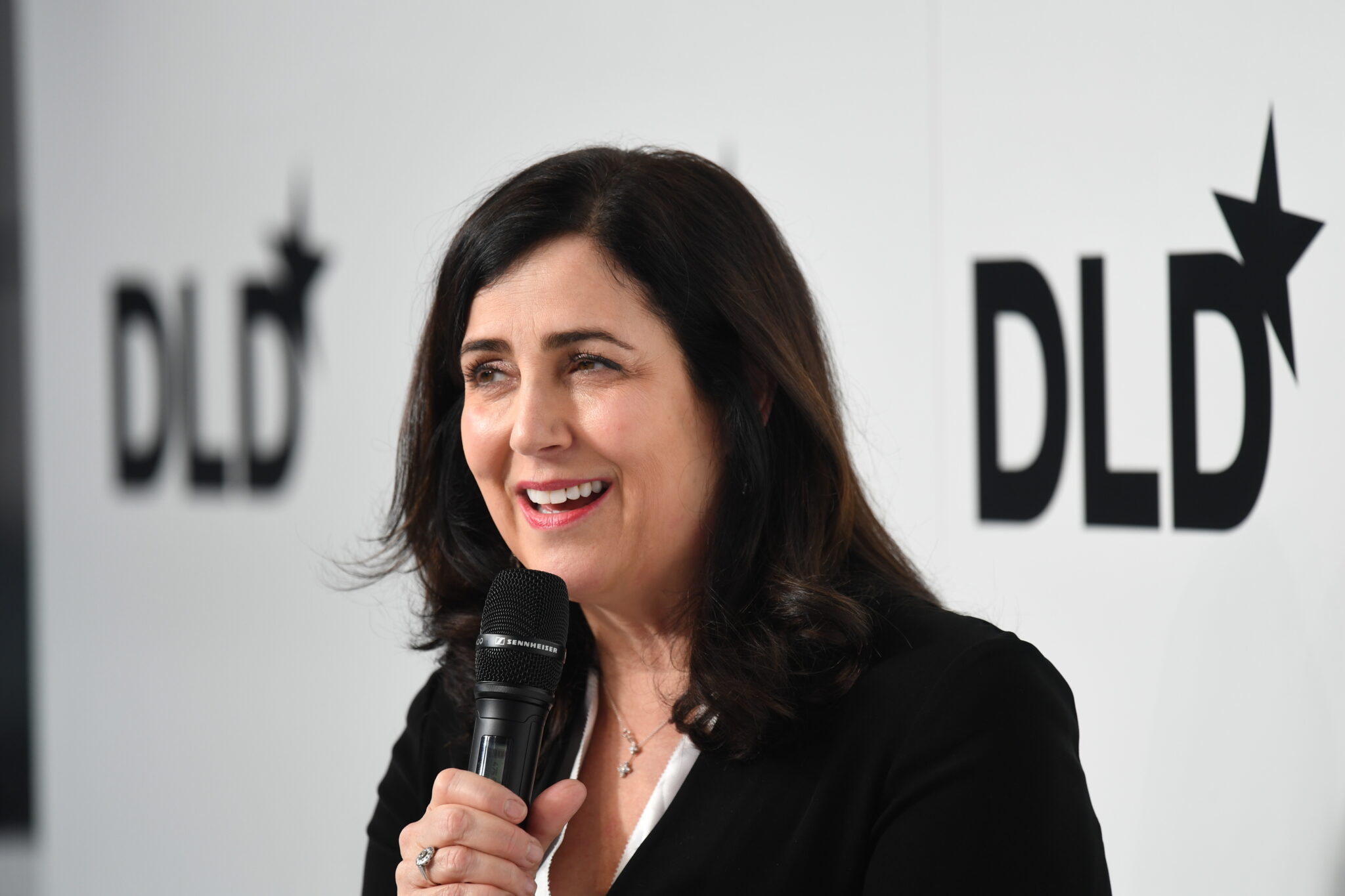
After nabbing two AI-generated molecules, AstraZeneca returns to BenevolentAI with new collaboration
Roughly three years ago, AstraZeneca teamed up with London’s BenevolentAI to bring new drugs into its portfolio using the biotech’s AI and machine learning capabilities. Now that the original deal has borne fruit, the two companies are re-upping their collaboration.
AstraZeneca and BenevolentAI will work together in two more disease areas: systemic lupus and heart failure, the companies announced Thursday. It’s a three-year partnership that comes after two candidates discovered by BenevolentAI for chronic kidney disease and idiopathic pulmonary fibrosis were nominated to AstraZeneca’s portfolio last year.
Unlock this article instantly by becoming a free subscriber.
You’ll get access to free articles each month, plus you can customize what newsletters get delivered to your inbox each week, including breaking news.